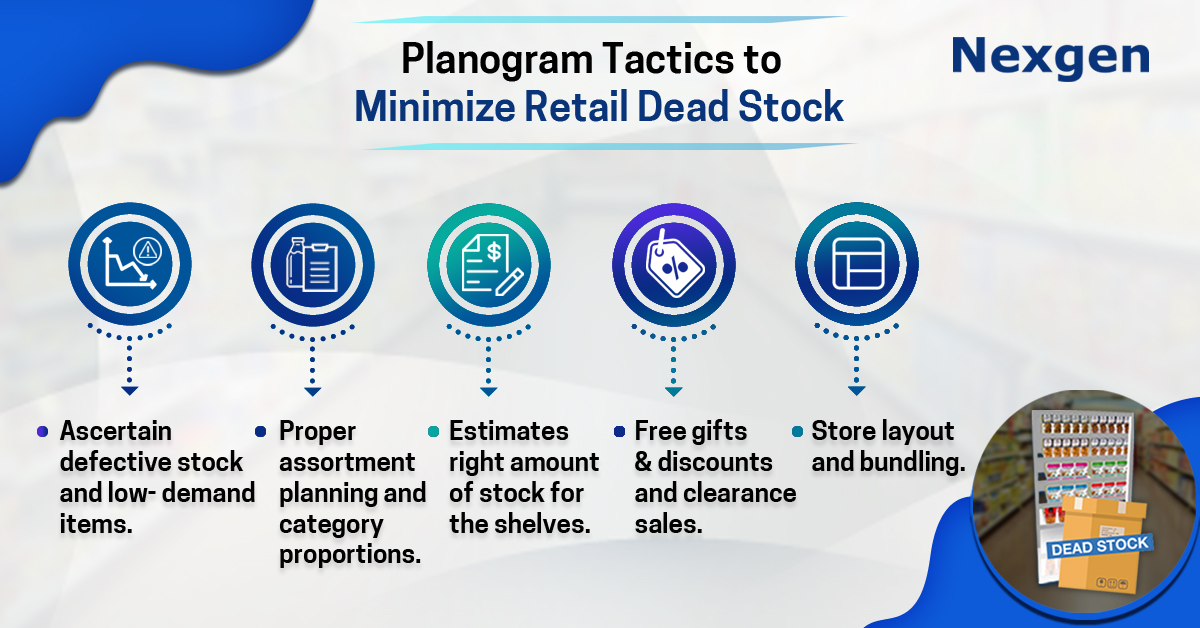Somewhere in a retail store every year, there is a frustrating situation faced by the retailer. This is primarily due to the increasing number of products that is difficult to sell out. That is what we are discussing when we refer to the dead-stock dilemma.
Having dead stock in store can easily impact the cash flow of retail stores and result in huge financial loss. Changes in consumer demand have resulted in rapidly evolving retail landscape, causing fluctuations in store sales. Therefore, the retailer should seriously consider the products on shelves, otherwise could suffer from slow-moving stock and dead stock.
What is a dead stock?
Before getting into dead stock, there is a need to understand the meaning of slow-moving stock. Slow-moving stock is the precursor of a dead stock, which have not moved in the past 6 to 12 months. Meanwhile, dead stock is the obsolete inventory that has not moved for the past few years. If the retailer, does not immediately address the slow-moving stock, there is a chance that it will end up as dead stock later. Thus, such stock becomes a barrier to the retail store, which cannot be removed easily. For overcoming this, a planogram software would help figure out dead-stock causes, including low-demand items, seasonal products, defective stock and stock with low turnover. It can help retailers in proper assortment planning, making the right product picks and estimating the right amount of stock for the shelves. Also, a planogram includes proper inventory management, store layout, visual merchandising, width and depth of product categories, category proportions, shelf life of a batch of products, price point, lead time and setting up the retail growth goals. Following are planogram tactics to minimize the dead stock in a retail store:

- Bundling: Product bundles are a great way to reduce retail dead stocks and it also increases the value of an order with fast-moving items. For example, instead of selling one pencil during a single purchase, a retailer can include an eraser, and sharpener as a bundle and make the customer purchase more than one item to increase the average order value. This will result in dead stock moving out of the store compelling customers to buy it.
- Free gifts & discounts: Another way to get rid of dead stock is by offering it as a gift with another purchase. This could be done with other top-selling products, such as ‘Get a gift over every $ 60 purchase’. Also, discounts like ‘50% off’, ‘buy one get one free’, ‘flat 30 % off’, can be placed in a planogram shelf signage to make customers give a try for such gifts.
- Clearance sale: Having a clearance sale can free up the retail shelf space of slow-moving products, seasonal products, obsolete and unpopular products. This will help to clear out inventory, creating shelf space for the new stock to sell better. Clearance sales labels can be placed on shelves with retail shelf signages by slashing the prices.
Overview of Nexgen POG
Nexgen POG is a cloud-based powerful planogram software for visual merchandising. It provides the retailer with a detailed assortment optimized planogram for better shelf planning and to get rid of retail dead stock. It comes with an array of features, including customizable templates, bulk upload images, easy compliance, report generation and much more. Its interface is extremely user-friendly, and planograms can be designed by easily dragging and dropping the products. Nexgen POG is a cost-efficient planogramming tool, designed for creating store-specific planograms.